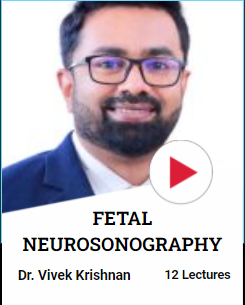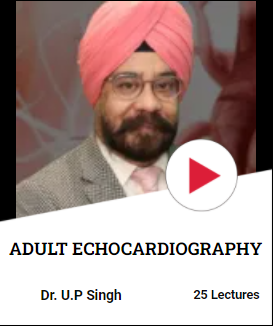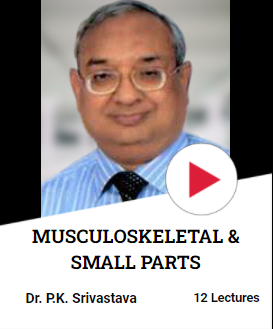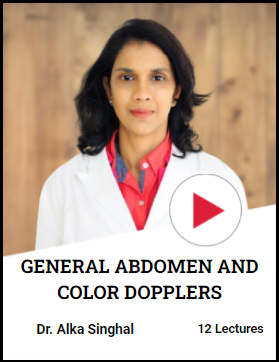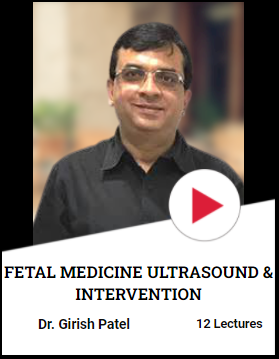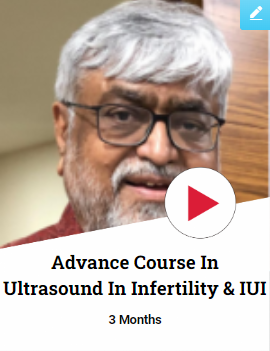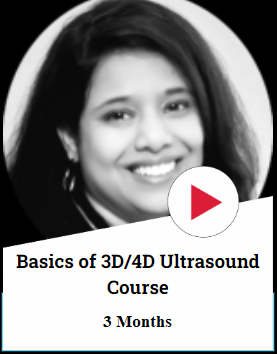Echocardiography is a procedure where the images of the heart are produced using ultrasound. Echocardiography uses M-mode, 2 Dimensional, and 3 Dimensional echocardiography to provide information about the flow of the blood. The direction and velocity of the blood flow within the heart. The Ultrasound waves that are used to get the images are the waves that have a higher than audible frequency and Cardiac imaging uses a frequency range of 1-20 Million Hertz. Echocardiography uses longitudinal waves and uses wavelengths less than 1mm. In echocardiography understanding the physics of ultrasound is important, it affects the quality of the image, if the image is distorted or if the imaging is not done following the principles of echocardiography then it can lead to incorrect treatments or maybe unnecessary repetition of scanning.
Understanding how the wave propagation speed differs for soft tissues, bones, and air-filled organs like lungs and how the wave propagation speed is used. How to measure and use power, intensity, and beam to transmit the waves to the organs. The uses of gel and transducer and how exactly are the soundwaves generated are something that an ultrasound technician and a doctor are required to know. What kind of transducers to use, for example, A-mode, M-mode, grey-scale M-mode, electronic transducers, and more. Understanding the concept of signal processing, which means that every soundwave should be returned and received by the transduces before receiving the next one to avoid any kind of range ambiguity artifact.
Next comes image storing, modern-day instruments have high storage capacity which makes it possible to write to a CD-ROM or send the information to a computer workstation or any other external database. How can the images be stored whether raw data or compressed files following the set protocols? Next comes image optimization, the modern- day instruments allow you to improve the quality of the image by changing the ultrasound frequency, depth, power output, focus level, angles, tilt, gain, time gain compensation, lateral gain compensation, freeze, zoom, and edge enhancement.
Want to become a cardiologist? Echocardiography is a must to know, learn with Onelearning. Become an expert.
Avoiding artifacts and pitfalls of imaging is another important topic that a medical student will have to learn, distortion of images, wrong structures are all the results of misunderstanding the physics of imaging techniques. At Onelearning you will learn the principles of echocardiography in detail, starting from the basics to advance which will include all the topics that are mentioned above and every other skill and technique that you will need to know. Onelearning faculty consists of expert doctors and state-of-the-art training facilities that teach you all about modern technology. The echocardiography course is designed as per the ARDMS standards which will help you in applying for the American licensing examination. Onelearning also offers Onelearning helping you reach your goals, helping you serve society. Get started today!


